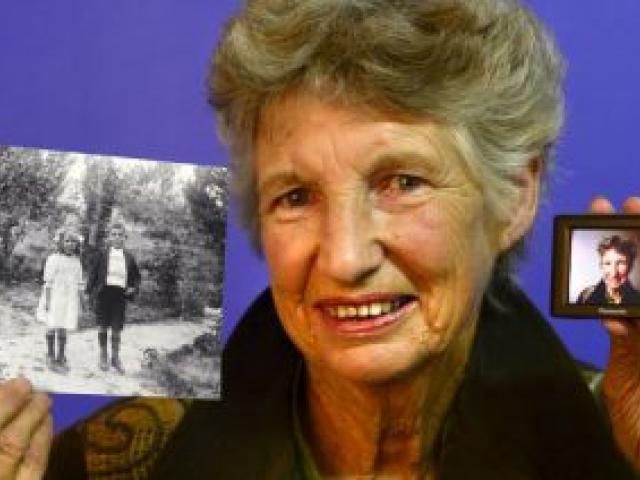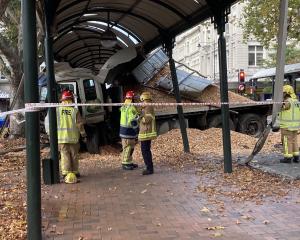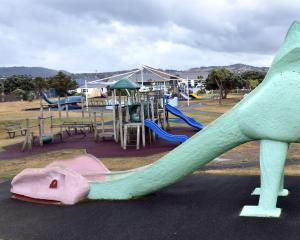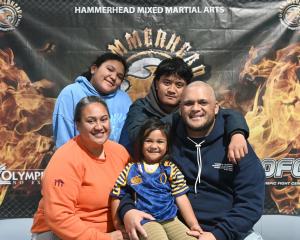
Dawn Coburn started compiling mainly photographs and stories, preferably told by the photograph's owner, about six years ago, when she moved back to Middlemarch after leaving there as a 15-year-old.
Mrs Coburn bought her grandparents' home in Middlemarch about 10 years ago and moved there permanently in 2008.
Not long after she arrived she was approached about extending a book her aunt, Helen Thompson, wrote.
The book, East of the Rock and Pillar: A history of the Strath Taieri and Macraes Districts, was published in 1949.
But Mrs Coburn (73), who graduated from the University of Otago with a doctorate in surveying and information science after completing a thesis titled Gone Tomorrow? Choosing the past to create the future in 2012, was not interested in writing a book.
However, she was interested in photography, so agreed to carry the project on, via a different method.
Thus East of the Rock and Pillar: A new view was born.
Six years later and she has thousands of photos, stories, scrapbook and newspaper cuttings, representing all aspects of life in the area in the 1950s.
It had been a rewarding experience, and interest from submitters was growing.
A core group of 15-20 people met in Middlemarch every six months to work through new material.
''It's taking on a life of its own.''
Five sets of three folders and one trial booklet of the material were being kept where people could see them, at the Kissing Gate cafe, local library, Quench cafe and cycle surgery.
The master, which can be added to, is at the Middlemarch Museum.
Mrs Coburn had also worked on a pre-1950s segment of the compilation, using photographs of some of her relatives.
Those photographs, preserved on glass negatives, had survived nearly 100 years.
She found them in the house when she moved in.
Other images found electronically were also included.
She decided to continue the project, aiming to work on a new decade each year, starting with the 1960s.
It would become a living archive to which she hoped people would continue to contribute.
She felt it was important to document the past and the present in print, as there was no promise how long digital images would survive.
''[A living archive] is a concept not often used because people don't see it's necessary until it's gone.''
• Do you have material that may help the project? Email dawncoburn1@gmail.com or phone 464-3696.












